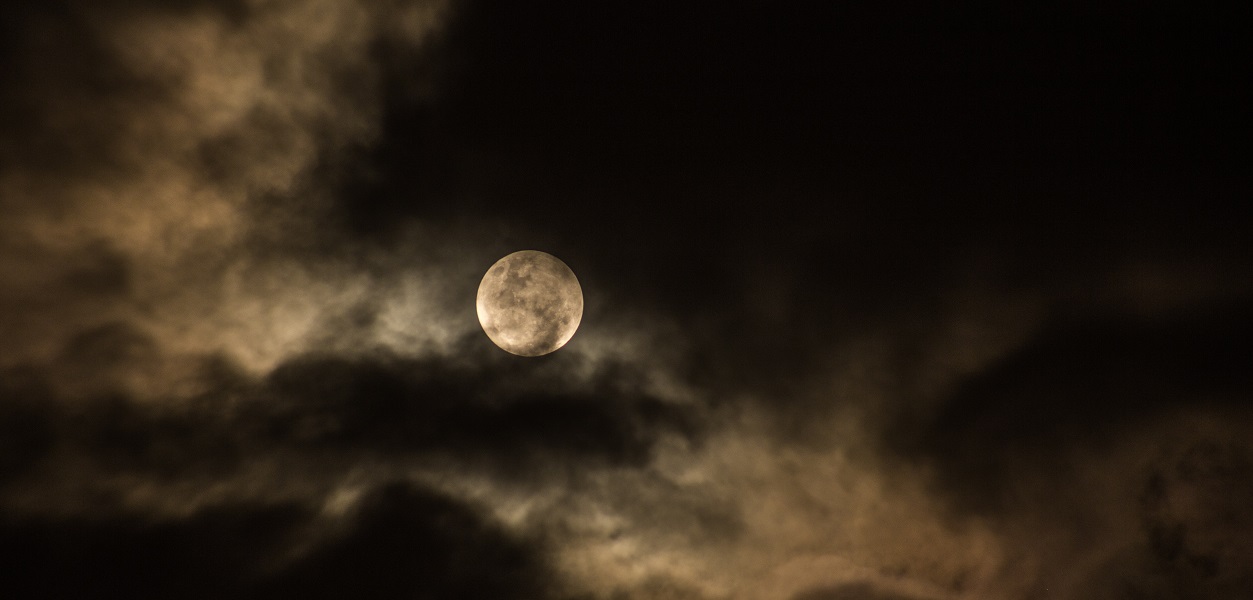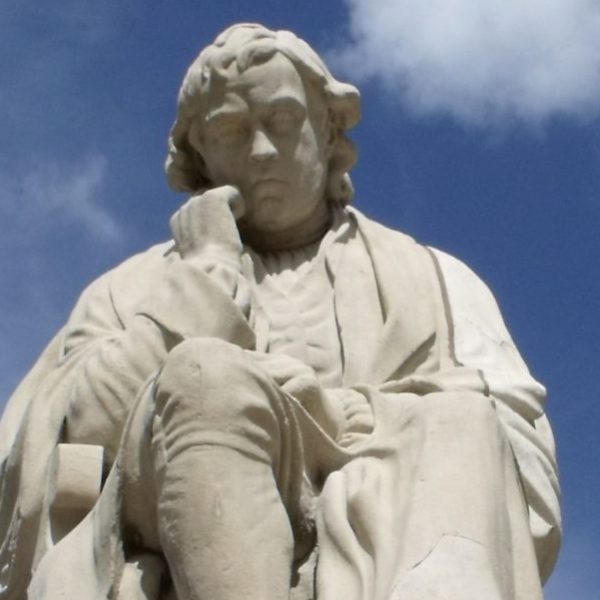My First Vampire
Nick Groom —
The first vampire I met was in Soho, old Soho. It was probably autumn, it was certainly dark, and the streets were oddly quiet. I’d been in the London Library all day, reading Neo-Platonic treatises by Iamblichus and Pseudo-Dionysius. The daemonic was still on my mind when I saw her, standing in a shadowy doorway. She was weeping. It has taken me a long time to work out why she was crying, and I still can’t be sure, but perhaps it goes something like this.
There’s a long history of bloodsuckers and demons in western culture – Iamblichus mentions a few, and they are scattered through Biblical apocrypha and apocalypses. But vampires are a comparatively recent phenomenon. They were first discovered at the borders of the Habsburg Empire in the early eighteenth century. In 1725, a medical officer in the Imperial army reported to high command in Vienna that Serbian soldiers had dug up a corpse, hammered a stake through its heart, and cremated the body. They had been driven to this extremity by nine murders in the immediate vicinity: in the space of only eight days nine villagers had been strangled and had then been drained of blood. The man held responsible, one Peter Plogojowitz, had been dead and buried for ten weeks. Nevertheless, he had risen from his grave to prey on the living. The soldiers who had exhumed him found his corpse to be quite fresh, and there was tell-tale blood in his mouth.
The report of this incarnate horror was published in a Viennese newspaper, and ignited debate across Europe. More cases were reported, causing the Holy Roman Emperor Charles VI to send teams of military surgeons, lawyers, and clergymen to investigate, perform autopsies, and take statements from witnesses. Some also assisted in dispatching any vampires discovered by decapitation, impalement, and cremation. The investigations found that the cases were remarkably consistent, and so vampirism became a recognized condition attested by large numbers of witnesses and characterized by such signs as corpses having fluid blood coursing through their dead veins.
Vampires accordingly became the subject of dozens of articles and books in medical journals and theological tracts: one journal published seventeen articles on the subject in 1732 alone. Twelve books and four dissertations on vampirism appeared in 1732-3; over the next three years a further twenty-two learned treatises were published in European cultural and intellectual centres such as Amsterdam, Jena, Leipzig, and Vienna. Explanations ranged from mass trauma caused by the imposition of martial law in affected regions, to diet or the drug datura inspiring hallucinations and delirium, to chemicals in the soil causing abnormal decomposition, to the spread of highly contagious diseases. Some, however, declared that the weight of evidence was incontrovertible and that vampires were a genuine threat that required state intervention.
The theological position on the phenomenon was that vampires were physical beings that indicated the reality of an afterlife. Enlightenment philosophers – particularly in France – were however concerned that the widespread evidence supporting the very existence of vampires cast the whole value of testimony and eye-witness verification into doubt. Both Rousseau and Voltaire were particularly perplexed by the insistent evidence for the existence of vampires in the teeth of the supernatural dimensions of their activities – such as rising from the grave. In the meantime, vampirism spread through European society as a metaphor for politicians, landlords, businessman, the clergy, and even theatre critics. And the modish Earl of Sandwich named one of his racehorses Vampire.
It was not until 1819 that literature entered this intellectual arena. Despite appearing in a handful of poems, it was not until 1819 that the first vampire tale in English appeared: Dr John Polidori’s ‘The Vampyre’, inspired in part by the challenge to write a ghost story agreed with Lord Byron and Percy and Mary Shelley at the Villa Diodati in 1816. Dr Polidori made the vampire an aristocrat, and in doing so paved the way for dozens of Victorian vampire tales, and ultimately Dracula, Bram Stoker’s classic novel of 1897.
But although Polidori and Stoker jointly defined the stylish creature we know so well today, their tales reveal a vampire far more complex than a predatory bloodsucker and seducer. Just as vampirism was first investigated by doctors, politicians, and philosophers, so Polidori and Stoker present the figure as a thought experiment on the nature of being, of non-human rights, of the ethics of medical and scientific research, and of the tangled relationships between politics, aesthetics, the market, and the law.
I first read Dracula as a student, and was immediately struck by what was probably the worst opening sentence I had ever encountered: ‘Left Munich at 8.35 p.m. on 1st May, arriving at Vienna early next morning; should have arrived at 6.46, but train was an hour late’. The trains don’t run on time. And? But come the next page we have racial history, disturbing dreams, recipes, picturesque vistas, notes on local fashions, and then sinister folklore – and conveyancing. The novel is characteristically Gothic in its promiscuous blend of political history, personal identity, pioneering technology, body horror, and sublime terror. For a reader expecting the conventional vampire of schlock-horror films, this in itself is a shock. In fact, as suggested by Jonathan Harker’s professional duties as a solicitor, the novel is predicated on the purchase of real estate, and on the technicalities of importing large, coffin-shaped boxes – as well as on the weird, cutting-edge sciences of blood transfusion, psychiatry, parapsychology, and degeneration. Dracula’s singular aim is to establish himself in Piccadilly, probably number 138: opposite Green Park and less than 500 yards from Buckingham Palace in an unbroken line across the park, beyond which lies Downing Street. It is also just a short walk down to Piccadilly Circus and into the warren of Soho.
To my mind, Dracula haunts the streets of Mayfair and Soho: from Old Park Lane to Golden Square to Lexington Street. Before, that is – like West 42nd Street in New York – they were renovated, refurbished, and gentrified. The filth and contagion and shadows were eradicated. The Gothic city of night became sparkly and clean; its mystery all-but evaporated. Which is perhaps why the vampires were crying – they were losing their home.
At least I thought they were. Since that night I have moved through the city in different ways, watchful for eeriness. And I see now that the shadows still flit, that moments of the arcane world still flicker – beneath the streets of Soho in dark places visited by the outsiders and the others; the missing and the invisible; the derided and the scapegoated. The vampires are here, but they seldom linger long – their territory is fugitive. On Hallowe’en, though, they might walk the streets again, surrounded by revellers sporting plastic fangs and nylon capes; hoping to pass unnoticed. But they are the ones whose cheeks may be lightly stained with tears; their eyes are the eyes upon which all ‘the ends of the world are come,’ and their eyelids are a little weary. I wonder whether they might also be gazing speculatively through the windows of high-end estate agents….
Nick Groom, known as the “Prof of Goth,” is professor of English at Exeter University, UK. His previous titles include The Gothic: A Very Short Introduction, and The Seasons: A Celebration of the English Year, which was shortlisted for the Katharine Briggs Folklore Award and came runner-up for BBC Countryfile Book of the Year.
Further Reading:



























